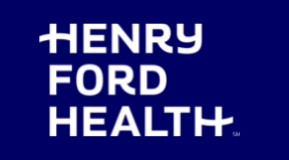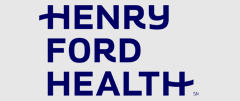The National Institute of Health Stroke Scale: A Teaching Tool (P8-5.008)
Recommended Citation
Jumah A, Idris A. The National Institute of Health Stroke Scale: A Teaching Tool (P8-5.008). Neurology 2024; 102(17_supplement_1).
Document Type
Conference Proceeding
Publication Date
4-9-2024
Publication Title
Neurology
Abstract
Objective: The National Institute of Health Stroke Scale (NIHSS) is the most frequently used score in assessing the severity of stroke, as it is a very reliable and reproducible in assessing a corresponding neurological deficit. Not only this, but this scoring system is also extremely helpful in the communication between vascular neurologists, emergency personnel, and neuroradiologists when discussing stroke treatment. Teaching NIHSS to medical students and residents from other specialties spending time in neurology is absolutely necessary, and to recall the score components for a quick neurological assessment during stroke codes is of an utmost importance. Background: The illustration seen here (Figure) is an easy and a creative way to remember the components of the NIHSS in an efficient manner. From top to bottom, starting from the left to right; the letter L stands for level of consciousness, the letter O is split diagonally to remember asking both questions regarding Age and Month. The letter C indicates following commands. After this, the eyes indicate smooth pursuit assessment looking for gaze preference. The letter V indicates visual fields and the number 7 is for the 7 cranial nerve. Below this is a four-component assessment of upper and lower extremity strength, coordination, sensory function as well as inattention. Finally, both T letters stand for tongue reminding the examiner to assess for aphasia as well as dysarthria. Design/Methods: N/A Results:N/AConclusions:This was designed initially for medical students rotating in neurology to calculate stroke scales in an effi cient manner as thediffi culty in the remembering the components of the neurological examination was frequently encountered. This tool ishelpful for medical doctors as well as nurses, not only those working in neurology fl oors but also in the emergencydepartment and the medical general practice units, used to provide a quick and effi cient assessment for patients withpossible stroke.
Volume
102
Issue
17_supplement_1


